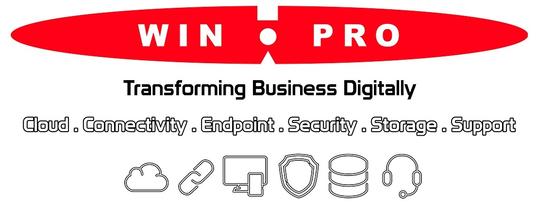New ransomware on the block: ‘Petya’
The ‘Petya’ ransomware follows in WannaCry’s footsteps, which held over tens of thousands of global organisations ransom just in May 2017. Deemed “more dangerous and intrusive”, ‘Petya’ has spread from Russia and Ukraine to Europe and the US at the point this article was written.
Ransomware continues to be a one of the most prevalent threats today, to any organisation with both valuable data and legacy systems hidden unpatched in the cracks and corners of their networks.
Following this latest attack, infected machines displaying the following ransom note demanding US$300 worth of bitcoins to decrypt and recover user’s files.



